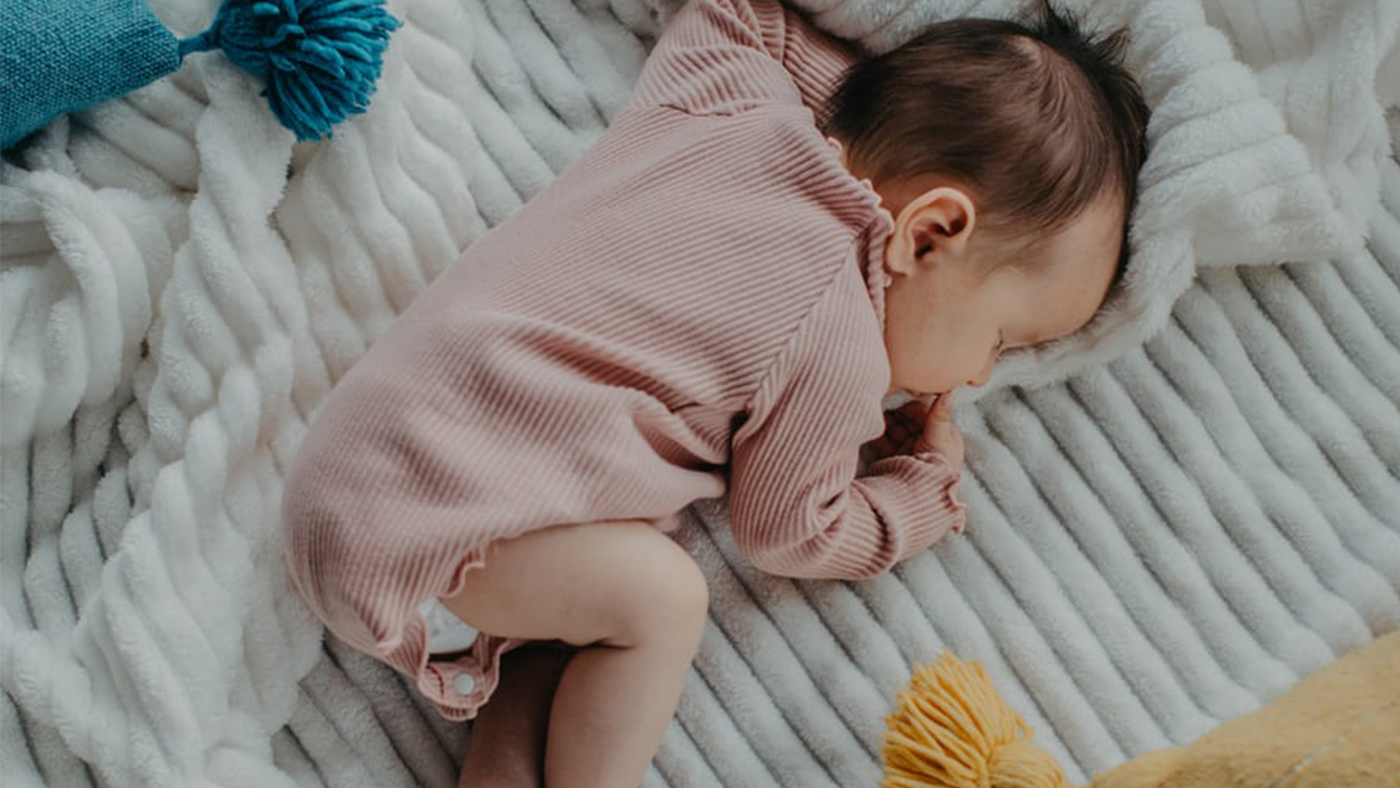How to foster a love of the outdoors in the first year
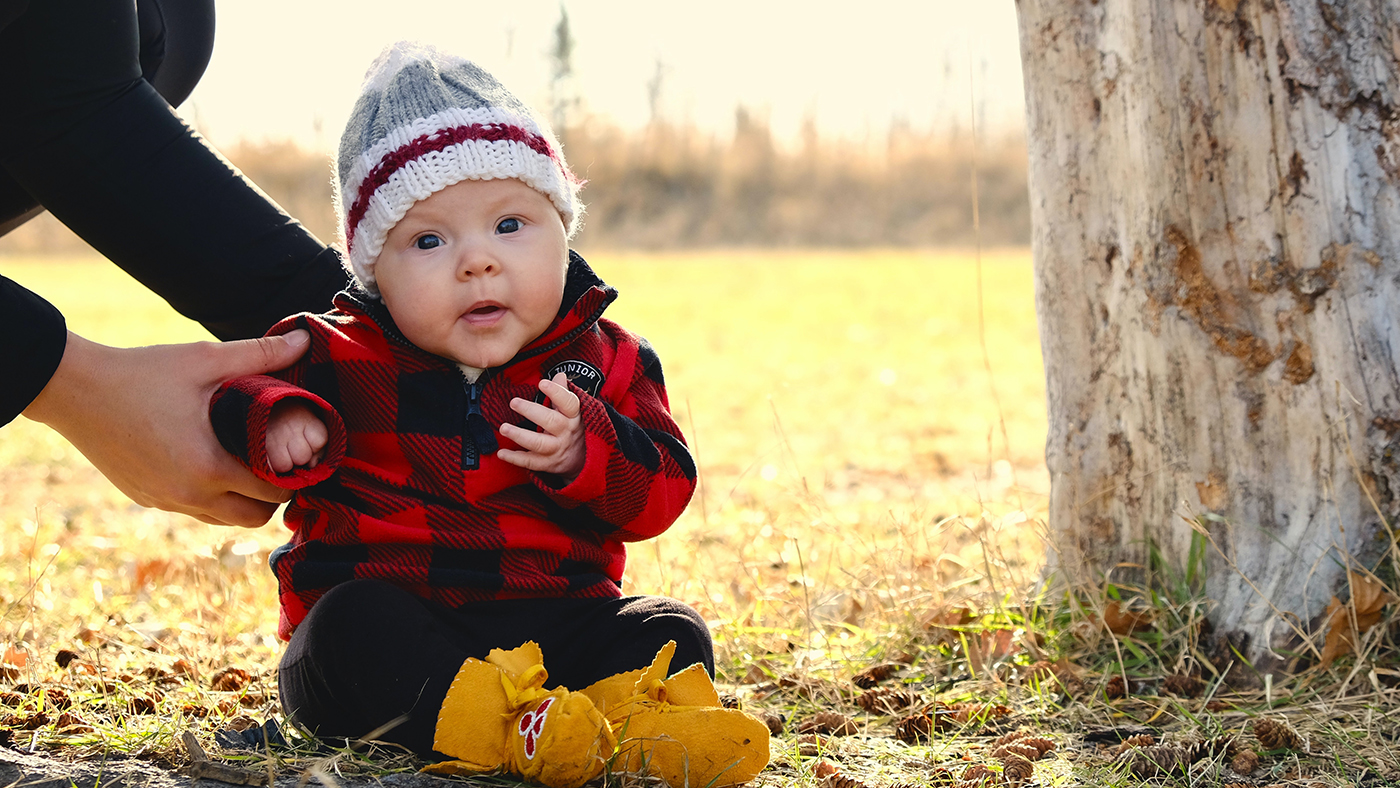
The benefits of spending time in the great outdoors are not limited to adults or children. They also extend to new parents and babies. Taking a baby on outdoor adventures may sound crazy or overwhelming, but even small amounts of time spent outdoors will be wonderful for you, and your baby’s health, mood, and spirit.
Here, we will talk about why it’s so important to get your baby outside and offer some tips for getting started with some simple outdoor activities that can be incorporated into everyday life.
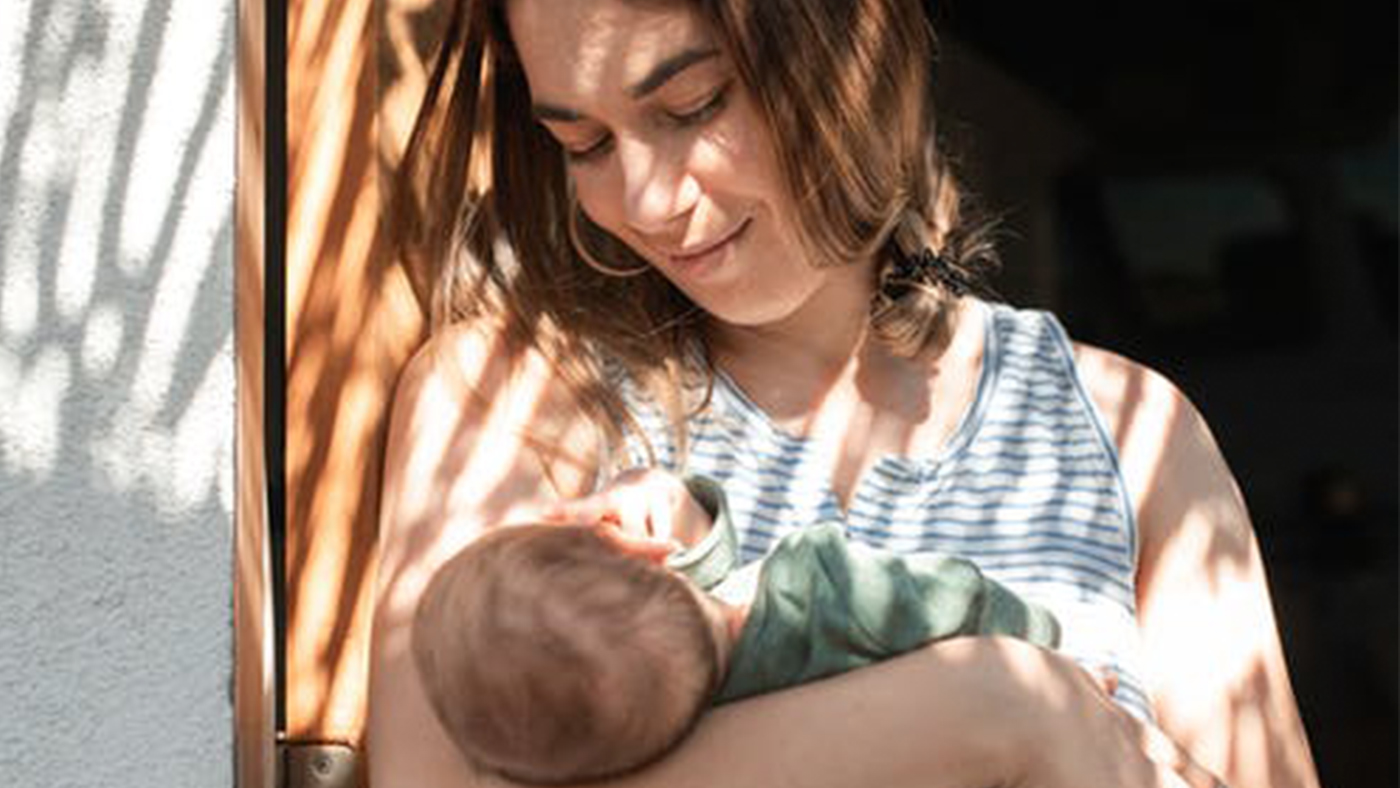
Raising the next generation of adventurers!
Traditional wisdom might suggest babies are not ready for outdoor play. The best thing to do is bundle babies up and keep them warm and safe indoors. Bur research from around the world shows that even the youngest babies can benefit from spending time outside.
Recent scientific discoveries have expanded our understanding of the importance of experience (stimulation) in early brain development. There are “critical periods" in neuronal development in which experience may be most effective in forging neural connections in the brain. These have been referred to as ‘windows of opportunity’. Research suggests that spending time outside provides a baby with a flood of sensory-motor experiences which helps foster these strong connections [1]
A ‘dose of nature’
It’s important to clarify what we mean by ‘outdoors’ or the ‘natural world’, as we know families have a range of different habitats! Access to outdoor space varies from individual gardens to patches of grass, to parks, woodlands or more remote wilder areas. Perhaps a helpful way to think about it is to find a space or place where you and your baby can feel the elements, find living things, see the sky and feel the earth.
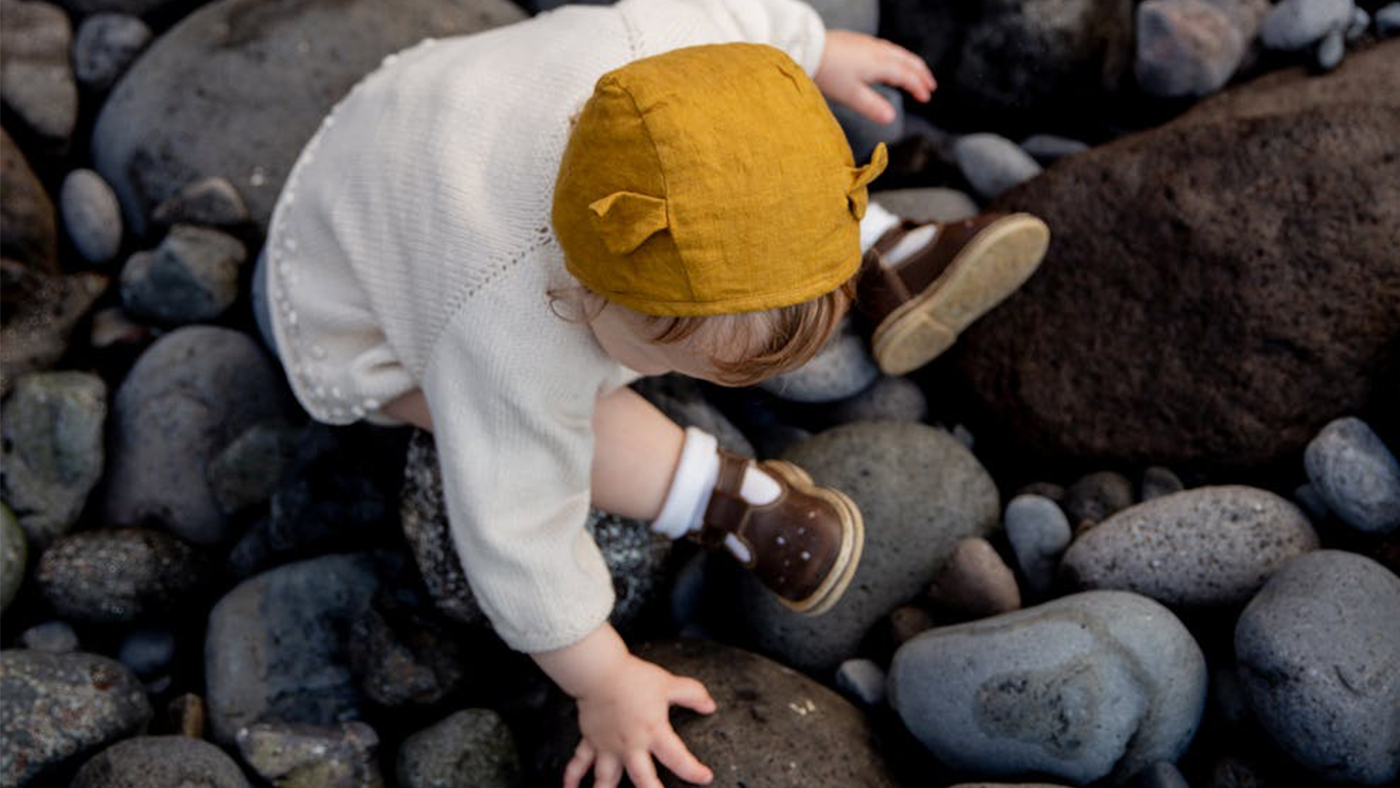
How does being outside support your baby’s development?
When thinking about the My First Five Years six streams of development we can identify many areas in which development can be supported and enhanced by spending time outside.
Sensory and Cognition
New sights, sounds, smells, and textures associated with being outside are enjoyable and exciting for your baby. Changes in the weather offer sensations such as differing and moving qualities of light such as dappled shade and shadows, the feeling of the breeze, or drizzle on the arms and face. The natural outdoor soundscape is varied and may include birdsong, the rustle of branches, the sound of water flowing or even the noise of animals.
Visually there are different perspectives to explore and the opportunity to look closely at details or to spot far away things. There are endless different new textures and surfaces to explore. All the senses are activated and receive all kinds of stimulation outside that are different and more varied than indoors.
Gross and Fine Motor
As your baby explores early movement there are opportunities to develop their gross and fine motor skills outside. Even very young babies are motivated to move their head in response to the range of visual stimuli. They will find lots of new things to spot when lying in the pram, being carried, or lying on their back outside, from clouds moving across the sky, branches dangling or moving in the breeze or leaves fluttering down.
As they grow, practising sitting unsupported can be great on a grassy surface as it offers a soft landing for topples and is also wonderful for rolling! Being barefoot outside allows your baby to push their toes into the earth and to push themselves forward and help gain momentum as they begin to move.
When standing or cruising there are lots of opportunities for support and challenge, for example holding onto tree branches or low walls to support balance and also practising navigating uneven or sloping surfaces. Using walkers or push along toys in open areas or longer expanses of space gives the opportunity to go in a straight line for longer distances before hitting an obstacle or piece of furniture!
Fine motor skills can be encouraged through picking up and grasping natural objects such as thin flower stems and grasses, small sticks and branches and finding heavy objects such as pebbles and rocks.
Language Development
Spending time with your baby outside also provides new opportunities for language development. As you walk around, you can narrate all the new things you see and react to your baby’s sounds and gestures.
A 2014 study found that babies and young children are more likely to try to verbalise experiences they’ve had outdoors: “When an infant feels the leaves or the toddler notices the airplane in the sky, they are more inclined to verbalise this experience because it will elicit a favourable response by their caregivers.” [2]
Babies can also enjoy quiet and stillness and contrast this by tuning into the environmental sounds all around.
Social Emotional
Being outside is a good way to reduce stress and anxiety for both you and your baby. An increase in positive emotions has been noted, particularly in green spaces and natural areas. Research shows that spending time in nature has a positive effect on your mood, and nature can benefit both your mental and physical health [2]
Spending quiet time away from other distractions is a great way to bond, and give shared attention with your baby to all the new experiences around. By spending time outside you can pass on and foster a respect and love for nature. By feeling connected ourselves, we are unconsciously modelling this for our baby.
Tips for getting started
Take a Walk
Start small, with short nearby walks. Cultivating these local familiar experiences is a helpful way to start exploring the outdoors. Whether your baby is in a pram or you are carrying them they will benefit from the changes in light, the motion and the range of sounds and sights. Simply being outside is a wonderful way to engage your baby’s senses.
Find a favourite place to visit regularly
Find a space or spot where you both like to stop. If you feel drawn to a place and connected to it the chances are your baby will too. A small or large patch of nature can be your regular destination. This can be a place to stop and sit down on the ground. If going right onto the earth or grass feels like a stretch for you or your baby, start out on a blanket. Get down low with your baby to see what they can see, watch for the things that catch their attention and comment on them, describing and pointing out what you both notice.
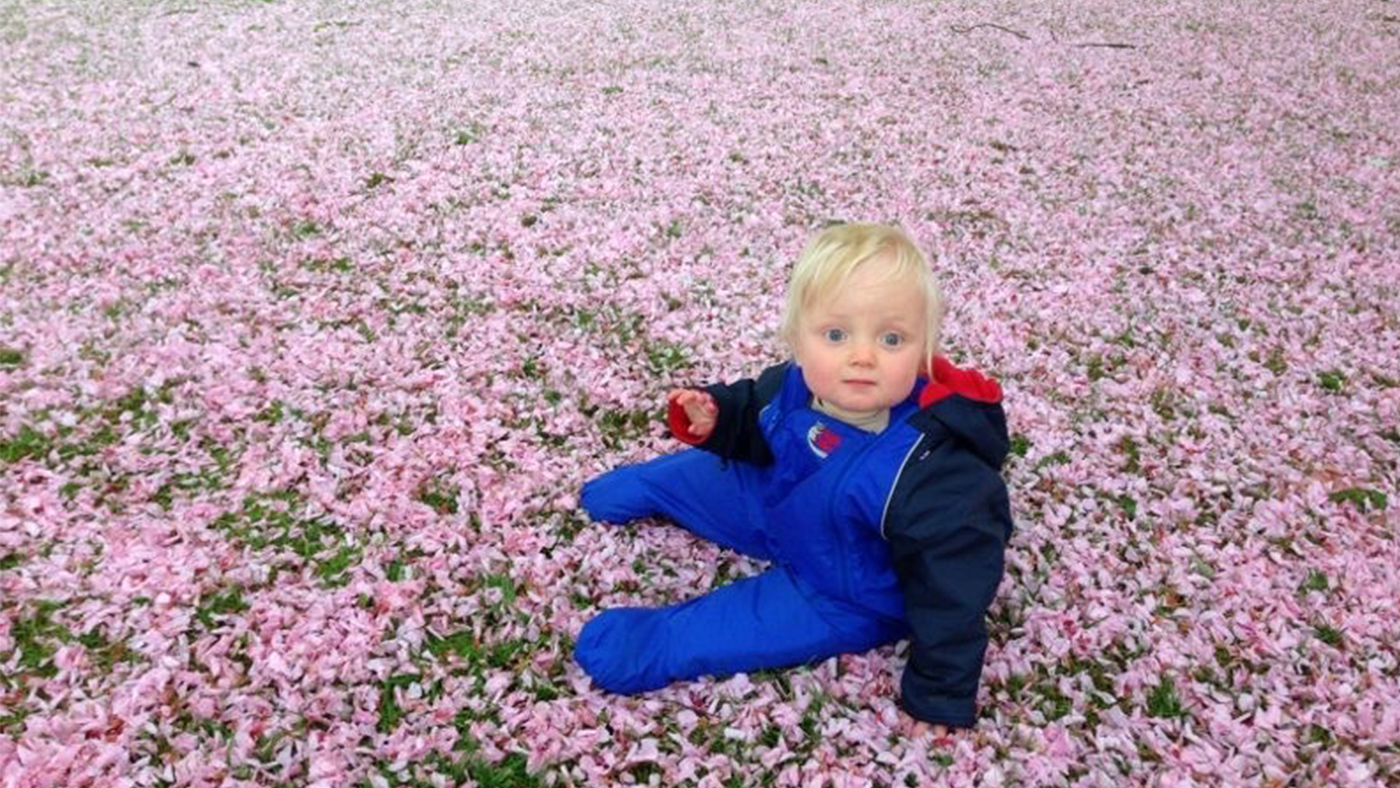
Tummy Time
If you’re ready, you could start to have tummy time outside. Use a blanket to start with, or perhaps right on the grass. Babies will love reaching for and touching new things, like grass and leaves. You could place interesting natural items nearby for them to spot or reach for. When they have finished their tummy time, they could spend some time on their back watching the world above.
Seated exploration
As your baby grows, seated exploration can also happen right on the grass or dirt. Watch your baby interact with and manipulate the grass, leaves, stems and sticks, or whatever covers the ground. There is so much to discover! Place natural objects like smooth stones, pine cones or tickly grasses within reach and see how your baby explores them. Encourage them to touch and explore the different textures. Let your baby feel the grass with bare feet. Hand them dry leaves to crunch in their hands. Taking a mirror outside is great to reflect the light, sky or trees and give a different perspective.
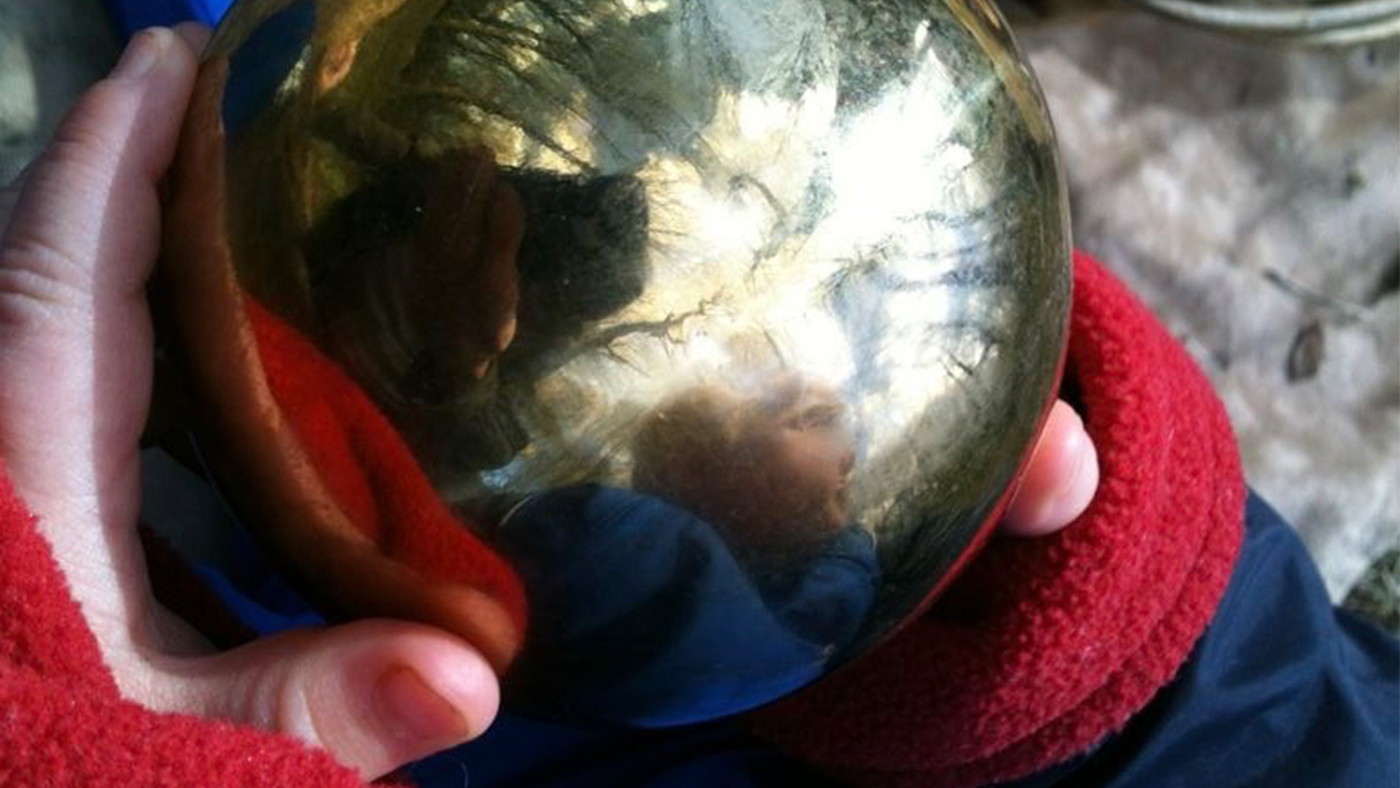
Take a nap
Try letting your baby have their nap outside. Set up a safe space on the ground for your baby to sleep and check they are warm and cosy.
Read a book
Spread out a blanket under a shady tree and read your baby a few favourite books. Babies enjoy being read books but taking them outside can add fun and a different experience of connection. Consider reading books that take place in nature, so you can point out natural elements (trees, grass, leaves) in the story as well as around you.
Most importantly, have fun!
References:
[1] Carl Gabbard (1998) Windows of Opportunity for Early Brain and Motor Development, Journal of Physical Education, Recreation & Dance, 69:8, 54-55, DOI: 10.1080/07303084.1998.10605614
[2] Undiyaundeye, Florence. (2014). Outdoor Play Environment in Early Childhood for Children. European Journal of Social Sciences Education and Research. 1. 14. 10.26417/ejser.v1i1.p14-17.
